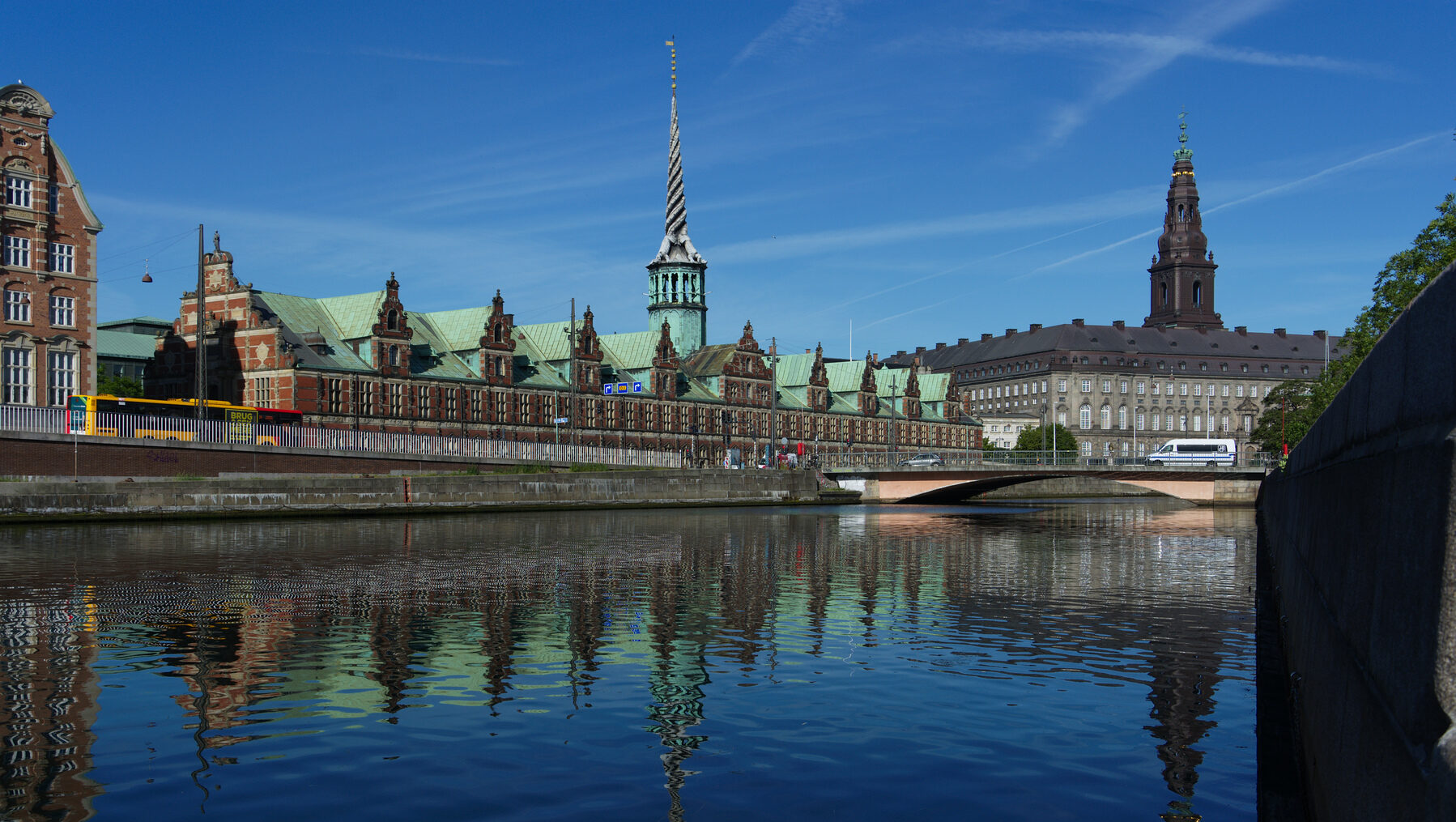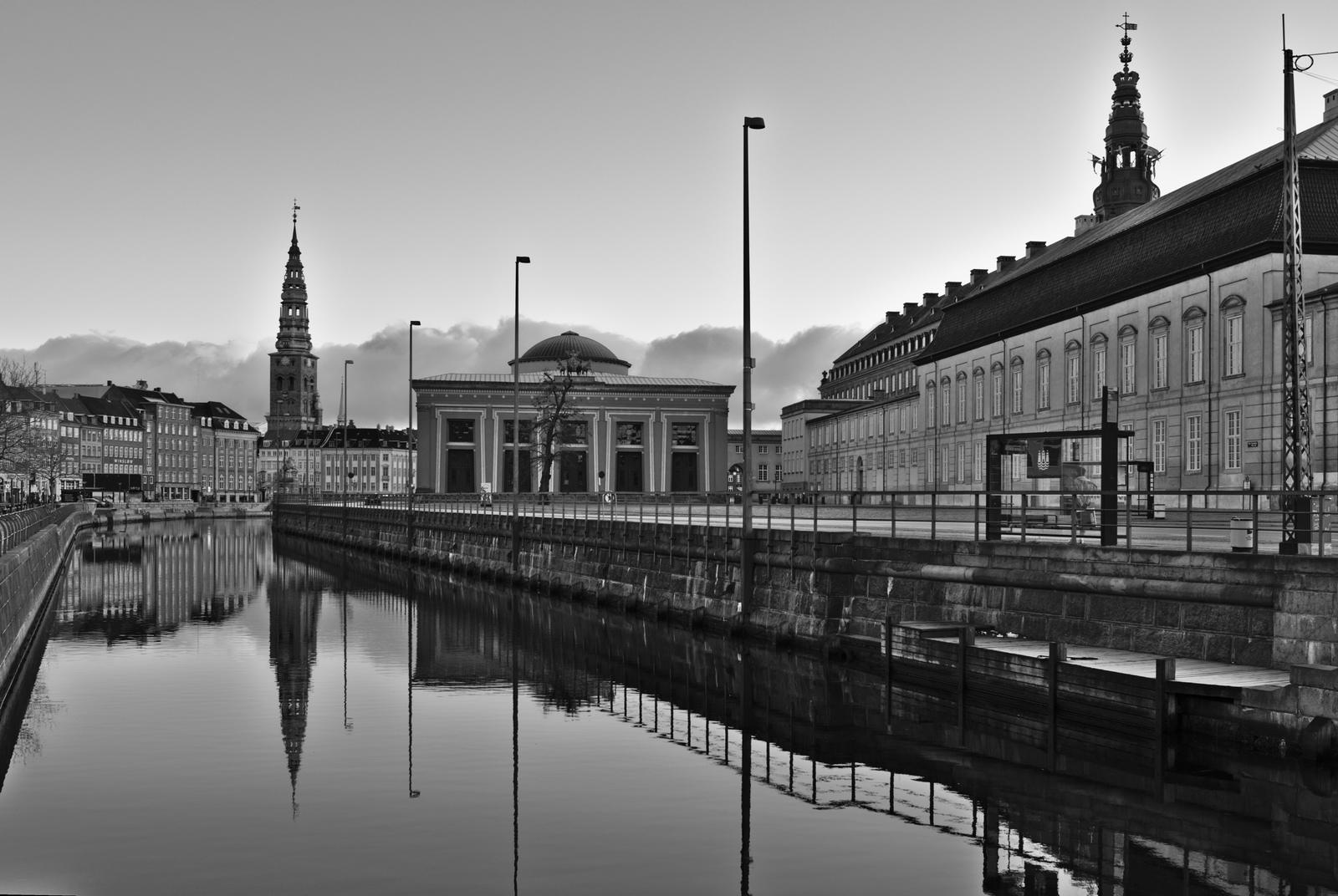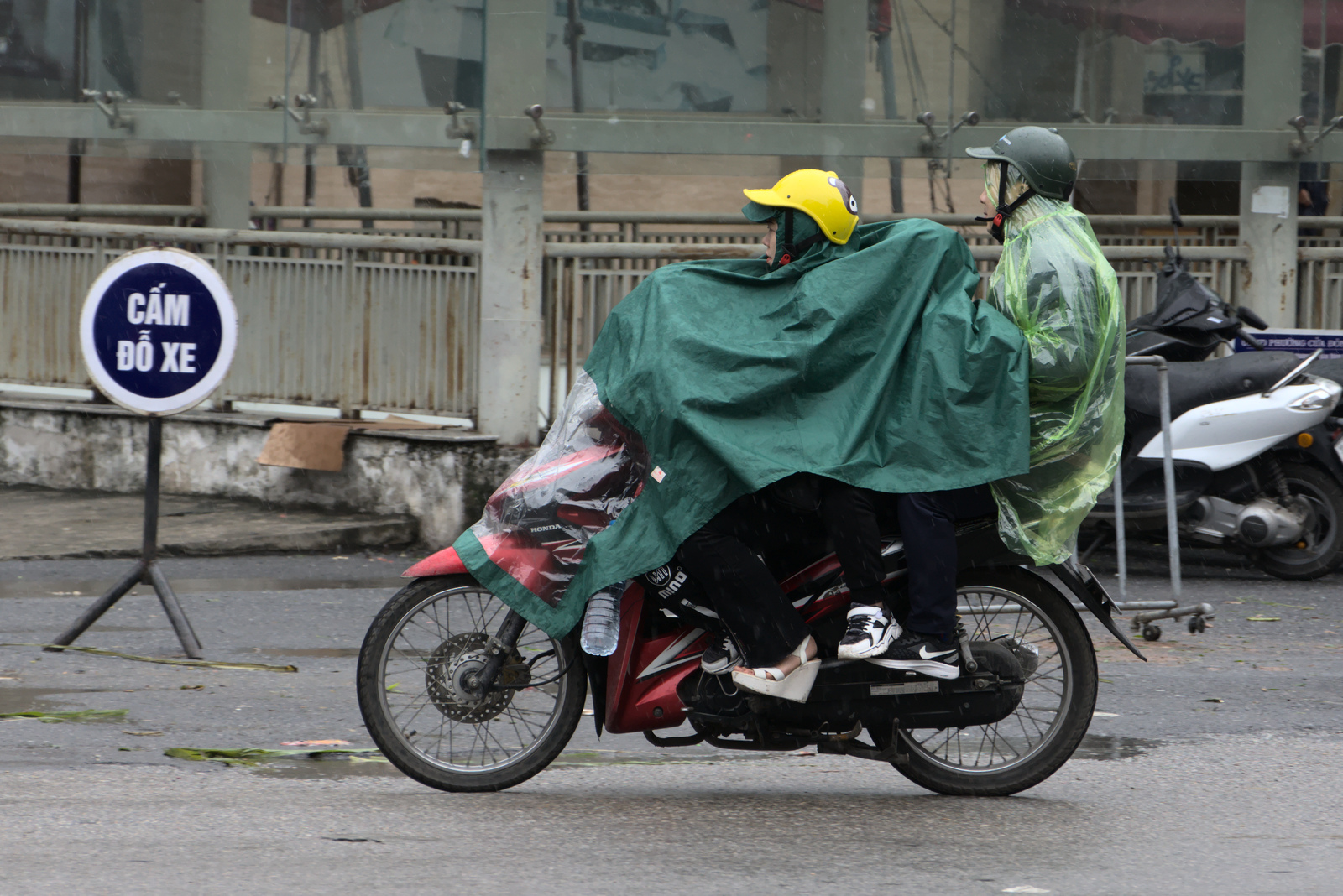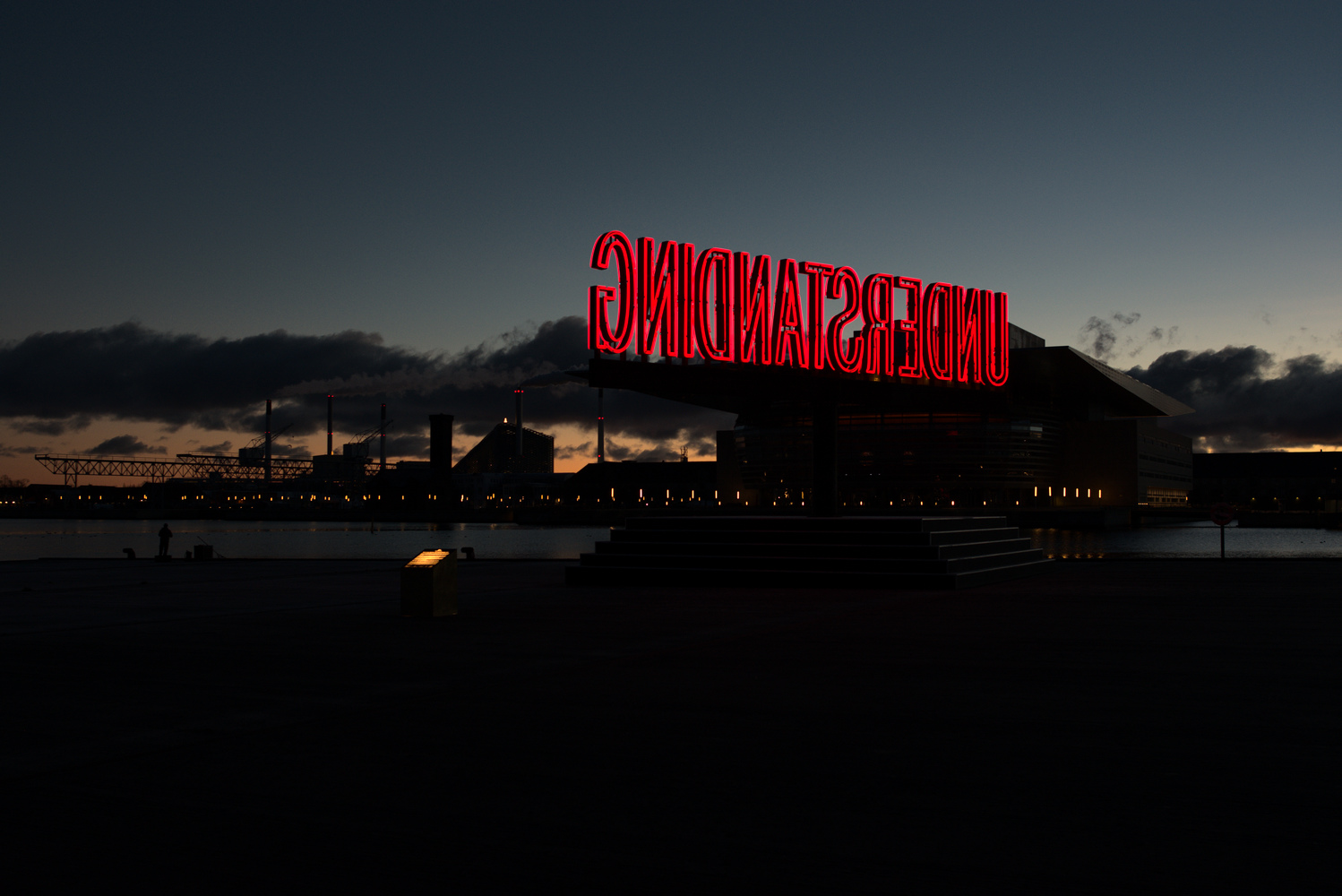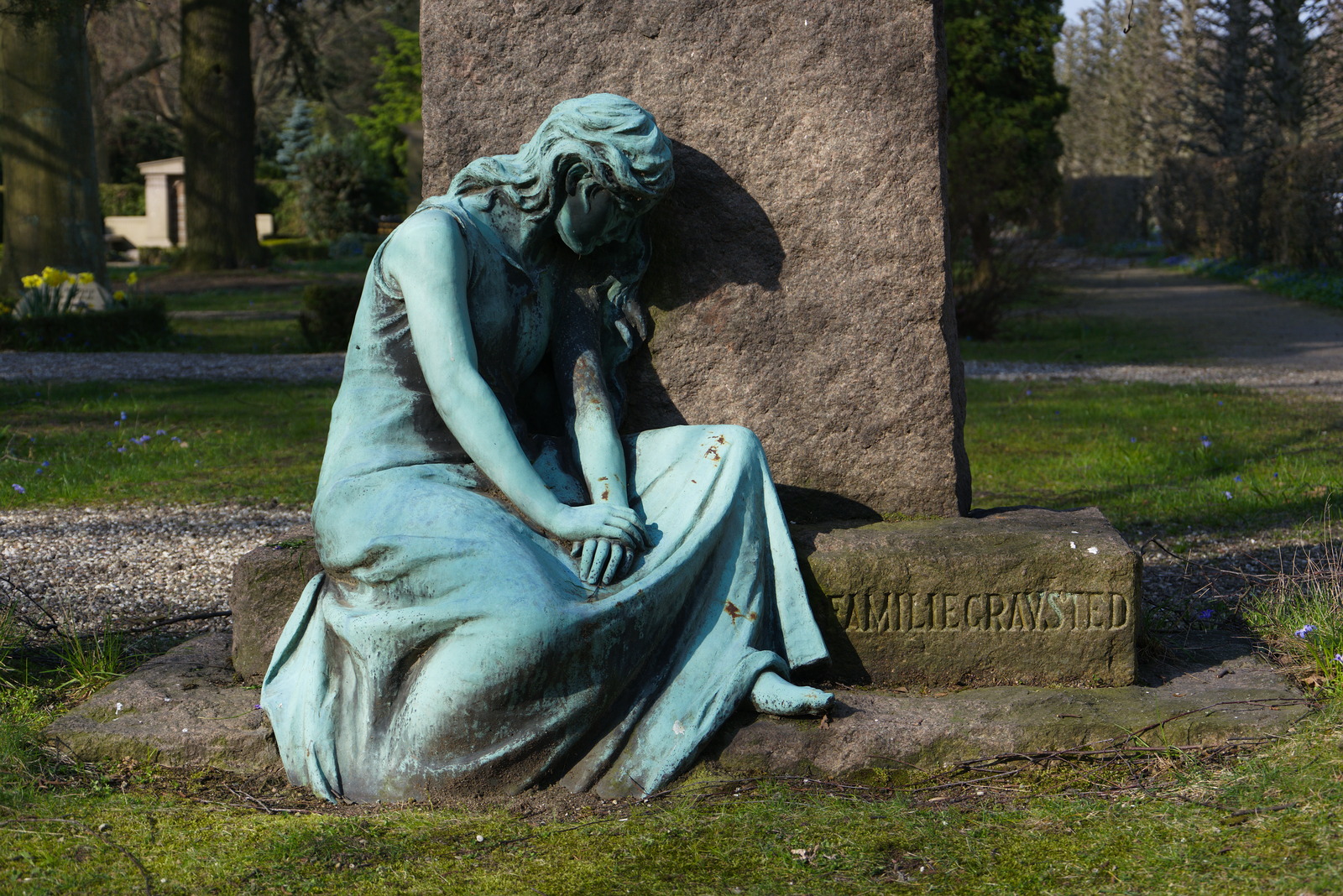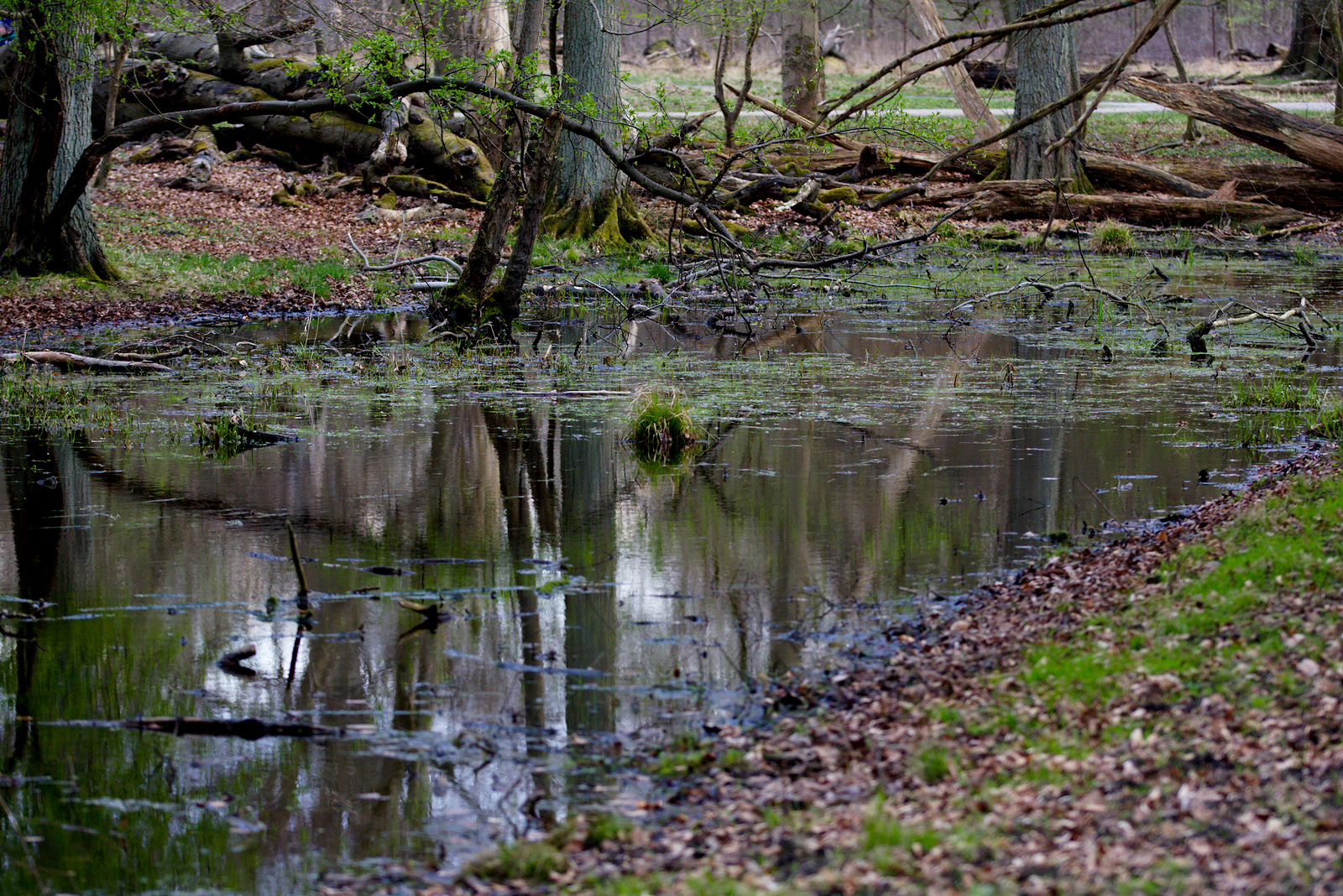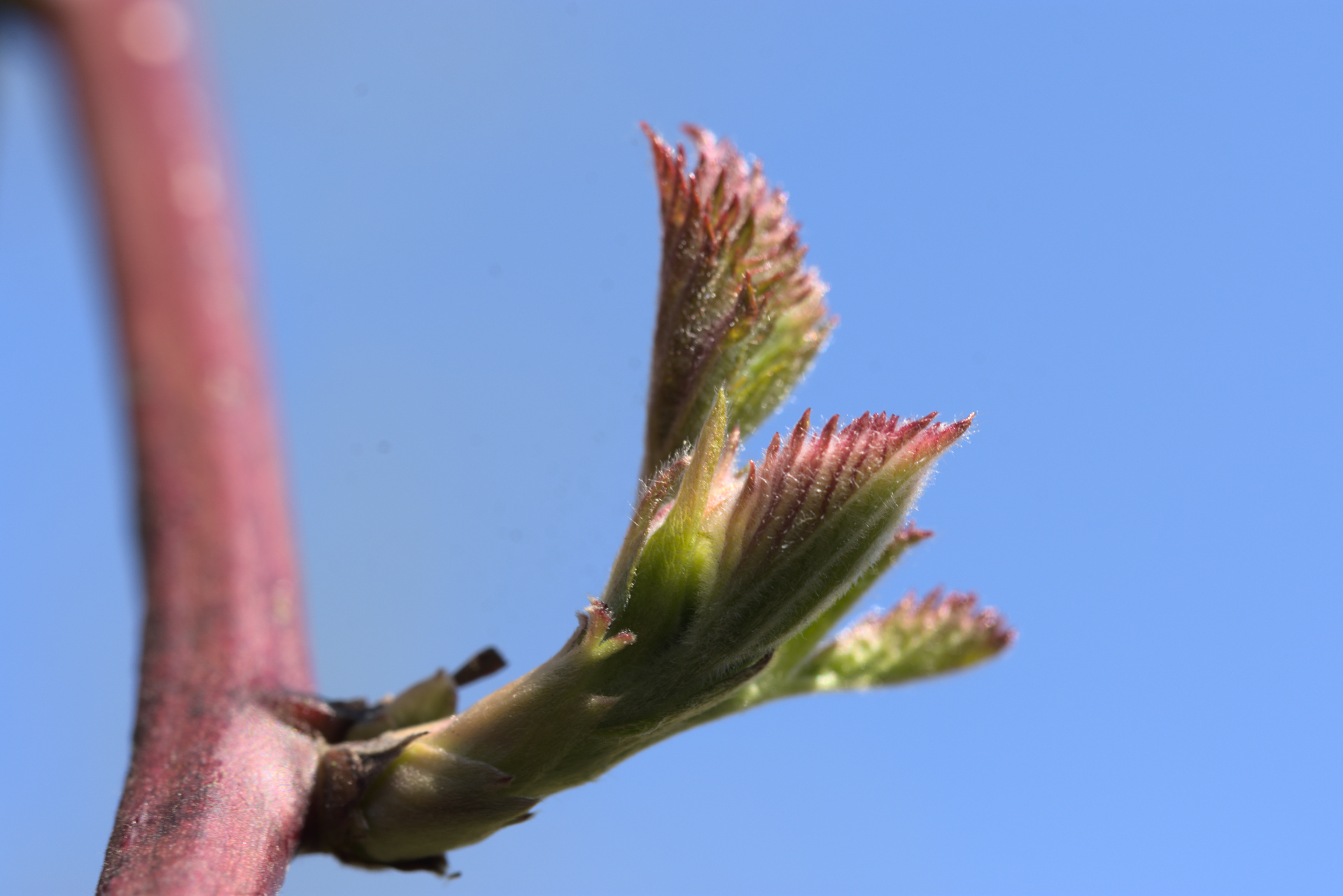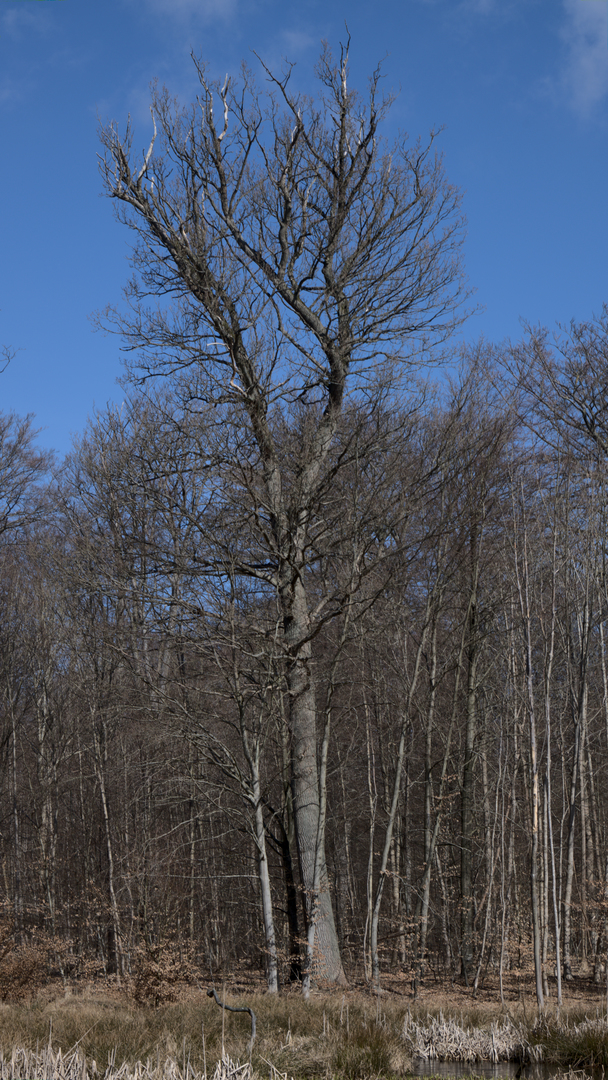-
Sort-Hvid
I en ikke så fjern fortid var det helt almideligt at billeder optrådte i sort/hvid. I de trykte medier var det simpelthen et spørgsmål om økonomi, de sort/hvide kostede mindre reproarbejde og der var kun en tur gennem tryk, hvor farve billeder skulle trykkes i fire farver. Teknisk udvikling har efterhånden gjort det økonomisk lige meget om billederne er i farver eller sort hvid, derfor er stort set alle billeder i dagens medier gengivet i fuldt farveomfang. Går vi lidt længere tilbage var også TV og familiens fotoalbum begrænset til sort/hvid. Sort/hvid er i mine øjne en lidt dårlig betegnelse – selvom det trykte jo rent faktisk er netop 100%…
-
Havnebilleder
Sommerens ferie gik bl.a. til Strandby, hvor jeg gik en tur langs med havnen med kameraet. Her lige et par pluk af de billeder jeg synes blev mest vellykkede.
-
Godt nytår
Jeg startede fotoåret med f/8, ISO 100 og 2 sek fra altanen.Ambitionen var såmænd at tage fotos af nytårets 320 mio kr. dyre fyrværkeri. Indstillingerne viste sig at medføre udtværing af fyrværkeriet, sikkert på grund at den forholdsvis kraftige vind. Derfor reducerede jeg belysningen til 1 sek og senere 0,5 sek, som er tiderne for billederne i galleriet.
-
Vinter
Nu har jeg gået i et par måneder og nydt at haven kunne passe sig selv. Græsset groede ikke, bladene faldt ned og blæste bort, kort sagt den ideelle tid for en doven husejer. Sådan kunne det for så vidt godt fortsætte en rum tid hvis det stod til mig, men nu skal vejrguderne ødelægge tilstanden. De lader det klodser ned i store grimme våde kolde klatter, som ligger sig over vej, plæne, ikke bortblæste blade, fortov og have gang. De 2 sidste forventes så at være så ryddelige at avisbudet i nattens mulm trygt kan aflevere bulletinerne fra døgnets rejsestald. Det betyder med andre ord, at den dovne husejer…
-
2013
My first trip to Myanmar or Burma took place in November 2013. We had been curious about this former closed country that through some years had been opening up towards the external world. But we do not want to support an oppressive dictatorship, we would like to support the free population of the country. So our travel had been waiting for the rulers to implement freedom of speech and democracy. From the time in 2010 where opposition leader Aung San Suu Kyi was released from house arrest we began to believe that a visit to Myanmar was acceptable. Our perception was increased through 2011 and 2012 so during the summer…
-
Bikes
The first option is a taxi bike, only relevant outside Yangon. It’s a tri-bike that mostly assembles an ordinary old-school mens bike without gears fitted with a sidecar. The sidecar can with good will be said to have to passenger seats, however I’ve never seen both seat used. But I’ve seen – and tried – to be in one seat and the luggage in the other. I rode on a taxi bike the first time I was at Ngwe Saung, the trip was the 3 Km from the bus-stop to Tamonnar Oo Resort. I and my suitcase was loaded in the seats and the driver began to push the bike,…
-
Motor bike taxi
You’ll find them everywhere. The bike is typical fitted with a 75-150 ccm and in scooter design. If you are Burmese you would probably think such a device can seat 3-4 , but I recommend to limit it to the driver and one passenger. In the cities the motorbike taxi can progress faster than the car, because it can circumvent the congestion. Some of the drivers offer a helmet you can wear, the ones I’ve seen are similar what in Denmark is used when riding a bike and be sure it’s one size fits all.
-
Taxis
The taxi is a good idea when you are going around in a city, at least it will protect you from the traffic and weary feats, save you time and might be comfortable. If you have only been in a taxi in Europe you think of taxis as a uniform experience, forget it in Myanmar where taxi quality is very different. A frequent taxi is a Toyota Corolla from the late 1980’s or a newer low cost Toyota Probox. For old on the odometer has probably been the full clock around more than once, but the engine is still ticking and the horn works, so it’ll go on. Of course…
-
Buses
I have not tried local buses as all signs, route plans and guidance I found is in Burmese. Intercity transportation can be done via the wide spread and rather efficient bus network. The intercity buses comes like the cars, some are brand-new directly from Scania and some are 2nd, 3rd++ hands. The older ones are imported used typically from Japan and Korea. Buses provide cheap intercity transport, can easily compete with train and plane. VIP buses are the most expensive, but the offer the best quality busses. The air-condition will definitively work, and here is a caveat, as cold is a status they’ll run the temperature down to freezing. When…
-
Trains
Railroads in Myanmar is operated by the government, so if you travel by train you’ll support the government financial – but that might not be so big a problem after November 8th 2015. The railroads are basically the same as the ones the British laid out before they left in 1948, and I wouldn’t be surprised if it’s the same carts that are rolling along the tracks. Locomotives To be honest the condition of Myanmar railroads are miserable. The tracks are made up of light weight rails and when you look down the rail you’ll see that it is laid out wobbly and not straight. If your train experience is…
-
Planes
If you don’t want to rattle and bumping along the roads or railroads of Myanmar, despite it rather low fare charge, you can choose between a number of airlines with domestic operation. The routes covers all of the country from Kaw Thaung in south to Puta O in north. Most domestic routes are operated with turbo-prop planes – the French-Italian ATR planes seems to be popular. This means a lower speed than if they used jets, so a trip from Yangon to Kaw Thaung will take around 3 hours. To secure a better utilisation of the seats most routes are not direct but includes one or more stops to allow…
-
Boats
As the roads of Myanmar in most areas are rather poor or non-existing transport goes on the rivers where possible. The boats sailing on the rivers span from a type of long-tail to regular ferries. The small boats can usually be rented in the same way as you take a taxi. Don’t look for comfort equipment, the boat is made of wood with an engine fitted in the back. The motor looks like the ones mounted in Burmese tractors or something ripped from a car. They are typically fitted with a small and inadequate silencer, so a lot of noise is produced. Seating is either a wooden bench or a…
-
Visiting Yangon in 2013
We arrived to Yangon International Airport where our pre-arrival visas where exchanged to a sticker in our passport. There was a little queue so the process from arrival to getting in to the arrival area took about 35 minutes. Remembering stories about the old days in Eastern Europe we thought it was fairly quick.While we were standing in line for the last check of our papers we had a surprise. Just on the exit from the emigration control was a Burmese man standing with a cardboard sign with my name on it. The man was in fact waiting for us, he willingly escorted us through arrivals, suggested where to change…
-
Colonial quarter
The area around the city hall was build before WWII by the British. All streets are directed north-south and east-west, which means that an almost any time of the day you’ll be able to walk in the shade. The area west of Sule pagoda has many merchant stall along the pavement and some of the north-south streets are converted into a marked where any kind of groceries, vegetables, fish and poultry (live) is sold. If you visit this area I recommend to go there early to experience most, but it will go on throughout the day. Lonely planet has a city walking tour that ends by the Strand hotel, it…
-
Circle line
Yangon has a local railway, just like any other metropole. Where any 5-8 Mill. metropole I can think off will have several lines that interconnects to a fabric of transportation Yangon has 1 line – the Circle line. As the name indicates the railway runs in a circle around the city. The southernmost station is Yangon Central Railway Station, where trains for other parts of the country also runs. On the central station you’ll have to go to track 7 and cross back to platform 5-6 where you find a shed on the platform, where you can buy the ticket. Other metropole transportation systems makes an honour of having trains…
-
Meilamu Pagoda
This is a curiosity of a temple, very colourful and with strange decoration. Someone has called it a Disney land temple, it will take approximate half an hour to stroll around the temple area. I think it’s worth the effort to make a visit, to see that not all Burmese temples are straightly decorated like the Sule and Shwedagon temples. The easiest way to get there is to take the circle line to Tadalay station and walk the remaining ¾ Km.
-
Bogyoke Market
The market is placed in a large white building on Bogyoke Road a few hundred meters west of the Railway station. The shops in the market are selling almost any kind of non-food product, it seems like the main customer group for the shops are Burmese, but as a foreigner you can find things of interest. In the ground floor there is a large section with gold and jewellery. On the second floor on the Bogyoke Road facade you can find a small gallery with Burmese art. The gallery represents at least a handful of Burmese painters, some paint very Burmese motives but other paint more international motives. We have…
-
Maha Bandoola Garden
Next to the City hall and Sule pagoda lays a park. Sometimes it spelled Maha Bandoola Garden and sometimes Maha Vandoola Park. When you need a break from walking the streets in the city it’s nice to buy a snack and relax in the park like many Burmese do. You’ll easily find either some deep fried vegetables or fresh fruit – the small oranges sold every where is quite delicious – sold on the side walk just out side the park. In the center of the park you can see the independence obelisk, which is enlightened in the evening.
-
Sule Pagoda
The pagoga is situated next to the City hall in the middle of a roundabout. The roads that intersects at the roundabout is having 2-3 lanes in each direction, so getting to the pagoda requires good skills as a pedestrian. The pagoda is claimed to founded 2.500 years ago and to be holding a shrine with hairs from the Buddha. It stands more than 43 meter high and the stupa is gilded, in the evening projectors enlightens it giving a spectacular sighting with the reflections in the gilded stupa. The pagoda has been a meeting point in the uprisings in 1988 and 2007, it still seems to be a god…
-
Peoples Park
The Peoples park is found in the same area as Shwedagon, or just across U Wisara Road from Shwedagon. The park can be a break from the city’s noisy traffic and the many people in Shwedagon. It’s a pleasant site with several plants, flower and pond arrangements. Like many other places you’ll find young Burmese behaving exactly like any other group of young people, taking selfies and photoes of each other. In the most western part of the park you’ll find decommissioned aircrafts from the airforce.
-
Inya lake
A green oasis north of Shwedagon, take a stroll on the promenade along the embankment. Don’t expect to find a free bench on the path because they will probably all be occupied by young Burmese, as students from the nearby university uses the area on the west embankment of the lake for recreation. On the south end you find several bar & restaurants which is also a place where students hang-out. You don’t have to observe them for long before you find that even though many are wearing longis’ that they behave exactly like the same age group in Western Europe The house of Auu San Suu Kyi is found…
-
Boyoke Aung San Museum
The father of Aung San Suu Kyi was a leader of the freedom movement around WWII, and was expected to be the leader in the first Burmese government after the liberation, but he was assassinated in July 1947 – half a year before independence. The museum is placed in the house that the Burmese freedom movement provided to General Aung San and his family. The family stayed in the house until 1953. The museum tells the story of Aung San’s life and his influence in the founding of modern Myanmar.
-
Shwedagon Pagoda
The largest pagoda Shwedagon is found approximately 3.5 Km north of the city centre, a ride by taxi from the city centre will take 10-30 minutes depending on traffic, the charge will be around 5.000 Kyats. As it is a major religious landmark for Buddhists they are travelling from not only Myanmar but from all of Asia. So expect the place to crowded all day long. The main attraction is the 109 meter high gilded stupa, but you should not cheat yourself from taking a look of the details on the smaller stupas and other buildings that is found on the area. If your interested in the architecture and culture…
-
Yangon
Yangon has not been the capital of Myanmar since 2005 when the government moved to Naypyidaw, which is located between Yangon and Mandalay. But Yangon is by far the largest city in Myanmar, according to an article on Wikipedia its around 5 mill. Inhabitants. Some locals claims that more than 8 mill. live in the greater Yangon area. No matter the number of inhabitants you have arrived at a major asian city, with what it means of traffic congestion and lots of people in the streets. But its kind of different from e.g. Bangkok, where Bangkok between congestion has tendencies to be rushing Yangon is calm. Even if the road…
